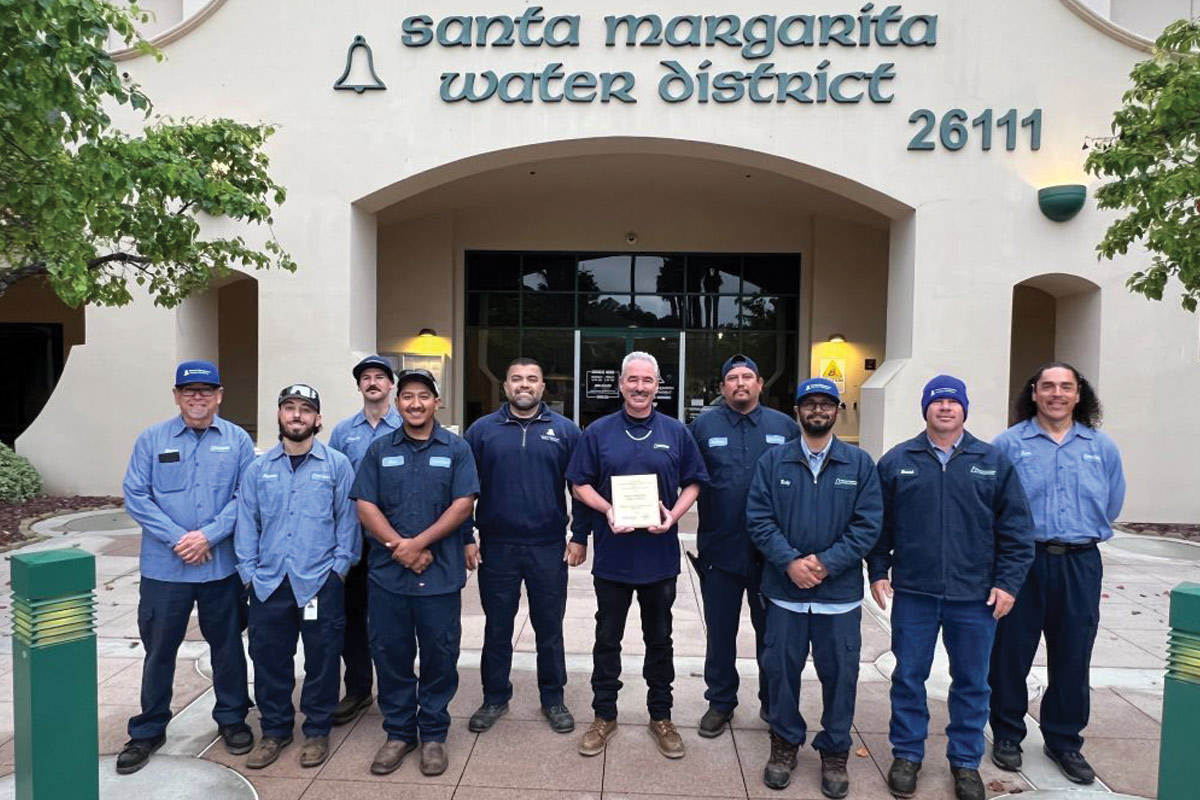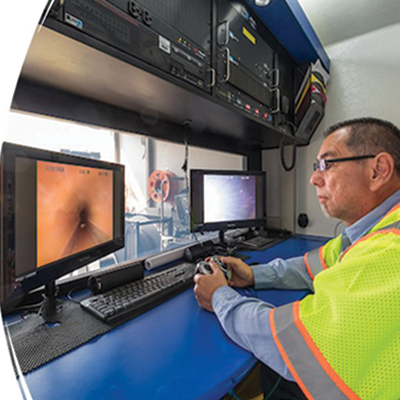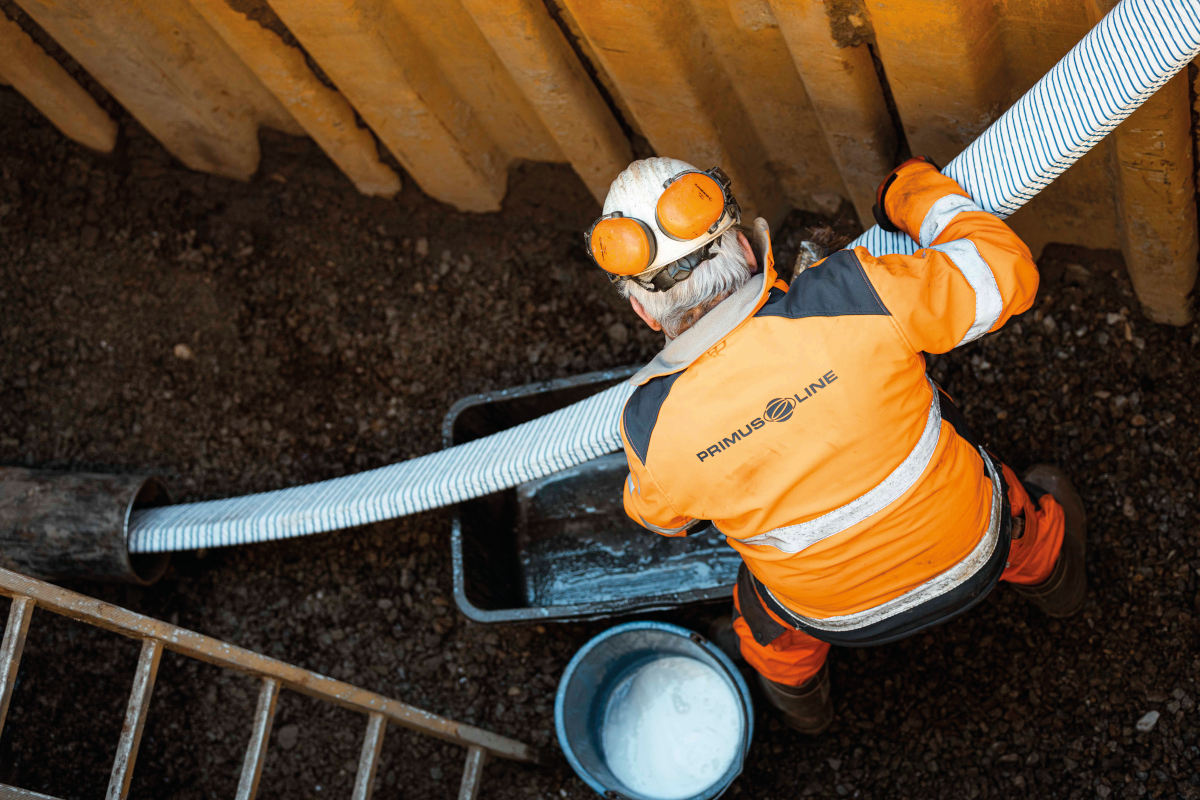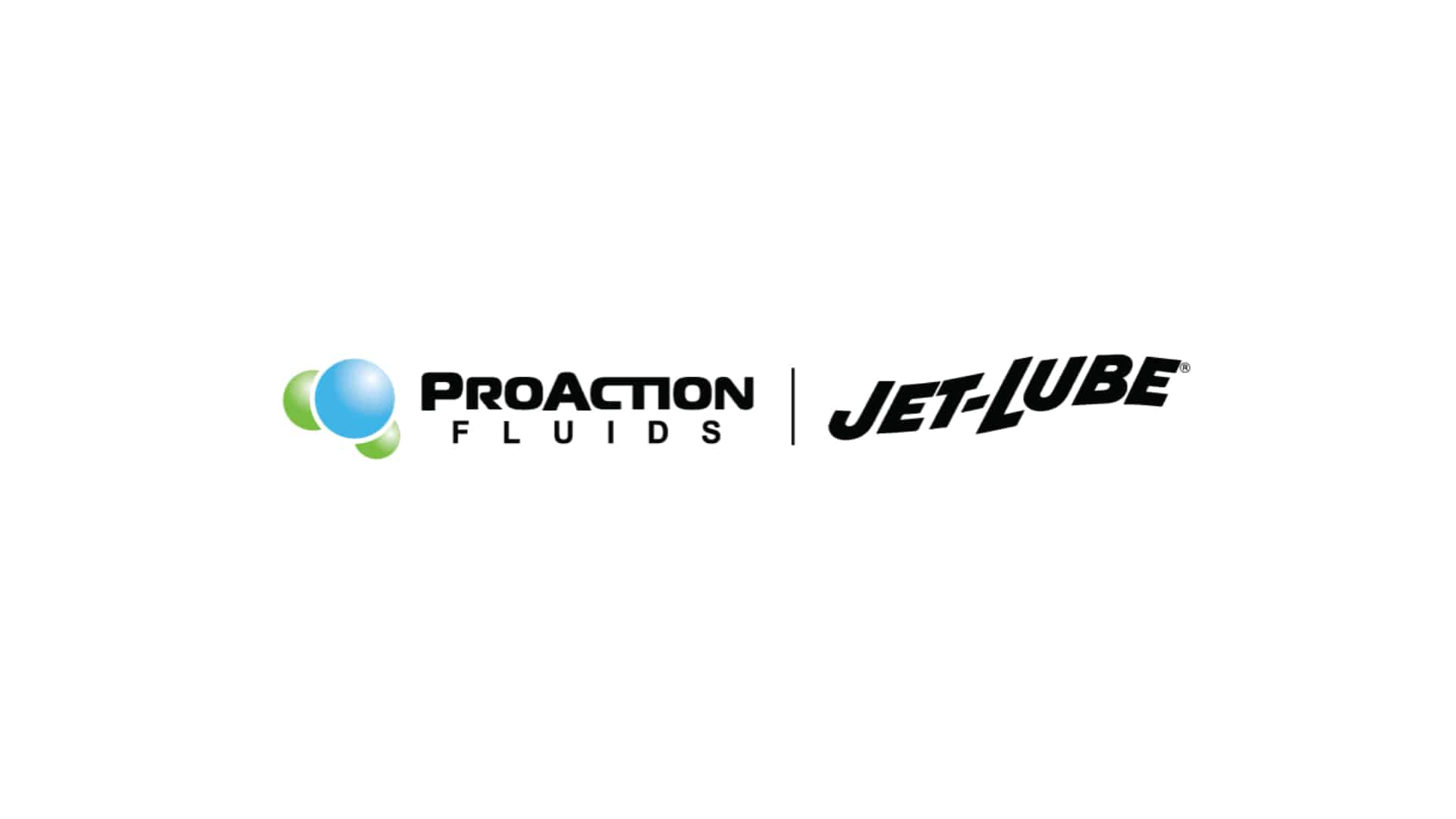
Santa Margarita Water District Uses GIS for Smart Trenchless Rehab
Santa Margarita Water District (SMWD), one of the largest water districts in Orange County, California, is redefining what modern sewer system management looks like. Particularly noteworthy is its use of trenchless technology, guided by GIS and pipeline inspection data.
With a service population of more than 200,000 residents across multiple cities and unincorporated areas, SMWD has built a reputation for innovation, efficiency, and environmental stewardship.
Its progressive approach became even more essential in November 2021. At that time, SMWD acquired the wastewater infrastructure from the City of San Juan Capistrano, a community with deep historical roots and equally deep infrastructure challenges. The acquisition added 126 miles of gravity mains to SMWD’s system. These mains were acquired without any clear understanding of their condition.
“Inheriting a non-GIS, non-Web based system was like being given a library with no catalog,” said SMWD management analyst Bryan Stewart. “Everything was on DVD, unindexed and impossible to work through manually. We had no way to assess the pipe condition — we just knew we had to start from scratch.”
Digitizing the Unknown
That lack of usable data made the new infrastructure essentially invisible from a planning and operations standpoint. Rather than attempt to force outdated reports into an existing workflow, SMWD made a strategic decision. They decided to start over — with better tools.
SMWD purchased ITpipes inspection software and a new CCTV truck dedicated exclusively to San Juan Capistrano. ITpipes’ GIS integration and Web-based platform were critical requirements. These tools enabled SMWD to not only collect new inspection data but immediately tie it to their existing asset management framework.
Within two years, SMWD had inspected more than 95 percent of the newly acquired sewer system. They digitized and mapped every pipe segment. What was once a data desert became a fully integrated, geospatially aware system.
“Without incorporating the City’s asset schema — 20-plus attributes — into our system, we wouldn’t be able to see those assets on a map. It was critical to modernize this infrastructure. It needed to be visible within our GIS environment,” said Stewart.

From Inspection to Action: The Power of Data-Driven Planning
With complete visibility came actionable insight. The ITpipes platform not only stored inspection videos but organized defects, highlighted problem areas, and visualized results on maps and dashboards. Engineers could easily identify where pipes were structurally failing and where root intrusion was most severe.
This level of insight is what enabled SMWD to shift from reactive repair to proactive rehabilitation. This shift was made by using trenchless technologies like cured-in-place pipe (CIPP) lining.
SMWD CCTV operators use the NASSCO coding system, a wastewater industry standard for assessing underground utilities using trenchless technology, to identify defects. They rate pipe conditions using in-house custom developed reports. District managers from engineering and operations review these reports to prioritize repairs for lines with significant risk and defects” explained SMWD project engineer Michael Marquis.
The District has lined 15 sewer segments ranging from 6 to 12 in. in diameter, with lengths of up to 300 ft per segment. “Excavating sewer lines to make repairs is very expensive. It disrupts traffic and impacts the environment. The CIPP method was developed whereby a liner is inserted through a manhole and extended to adjacent manhole(s), creating a new pipe within the old pipe without excavation. The liner begins as a flexible tube containing a liquid resin that is inverted and extended by pushing or pulling to adjacent manholes and then “cured in place” using steam, hot water, or ultraviolet light. The host tube can be made of felt or fiberglass,” said Marquis.
The CIPP method was selected based on defect severity, location accessibility, and pipe material. By combining inspection data with GIS analysis, SMWD was able to prioritize these rehab efforts. This helped minimize both environmental impact and cost.
“Because there are no joints in the CIPP, root intrusion is greatly reduced,” Marquis added.
Why Trenchless Matters for SMWD
Trenchless rehab methods like CIPP have become an essential part of SMWD’s infrastructure strategy. The ability to rehabilitate pipe without excavation is especially important in historically sensitive areas like San Juan Capistrano. In these areas, traditional digging could disrupt protected sites or local businesses.
“Many of the neighborhoods we serve were built long before modern standards,” said Stewart. “In some cases, sewer lines run through backyards, under old foundations, or beneath tight alleyways. Trenchless is often our only viable option.”
Additionally, trenchless techniques align with SMWD’s environmental priorities. CIPP reduces carbon footprint, construction waste, and water contamination risks compared to open-cut methods. When paired with precise inspection data, trenchless rehab becomes not only cost-effective but sustainable.
A Model for the Region
SMWD’s work hasn’t gone unnoticed. In March 2025, the California Water Environment Association (CWEA) named its Collections Systems team the 2024-25 Large Collection System Operator of the Year. The award recognized excellence in system reliability, safety, innovation, and environmental leadership.
Key to that recognition was the District’s comprehensive approach to infrastructure management. This approach combines detailed inspections, GIS intelligence, and trenchless execution. SMWD is proving that even legacy systems can be modernized when technology is leveraged thoughtfully.
Looking to the Future
While the transformation of San Juan Capistrano’s sewer system has been a milestone, it’s just the beginning. SMWD continues to expand inspection efforts across its entire 627-mile sewer network. They continuously update asset data and refine their capital improvement plan based on pipeline condition.
The District is also exploring ways to deepen its use of GIS analytics. They are potentially incorporating artificial intelligence, risk modeling, hydrological data, and community impact assessments to further refine project planning.
“This isn’t just about lining a few pipes,” Stewart said. “It’s about building a sustainable, intelligent system that protects public health, preserves history, and prepares us for the future.”
With the right tools, the right data, and the right mindset, SMWD is turning aging infrastructure into a case study in modern water management.
Mark Grabowski is business development manager with Itpipes.




